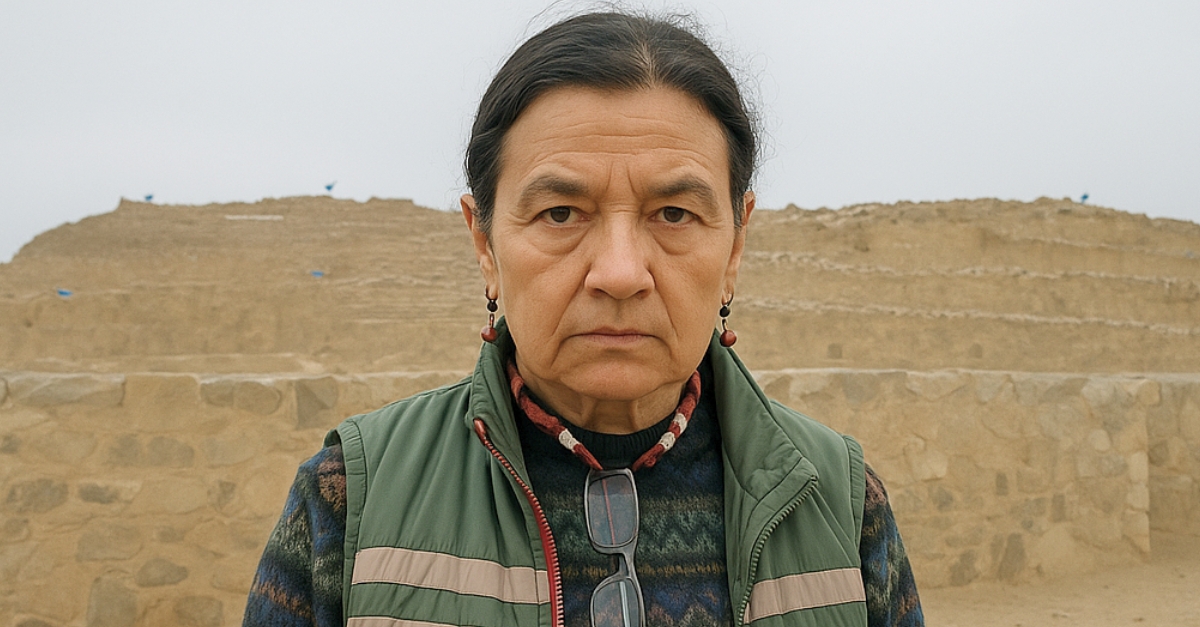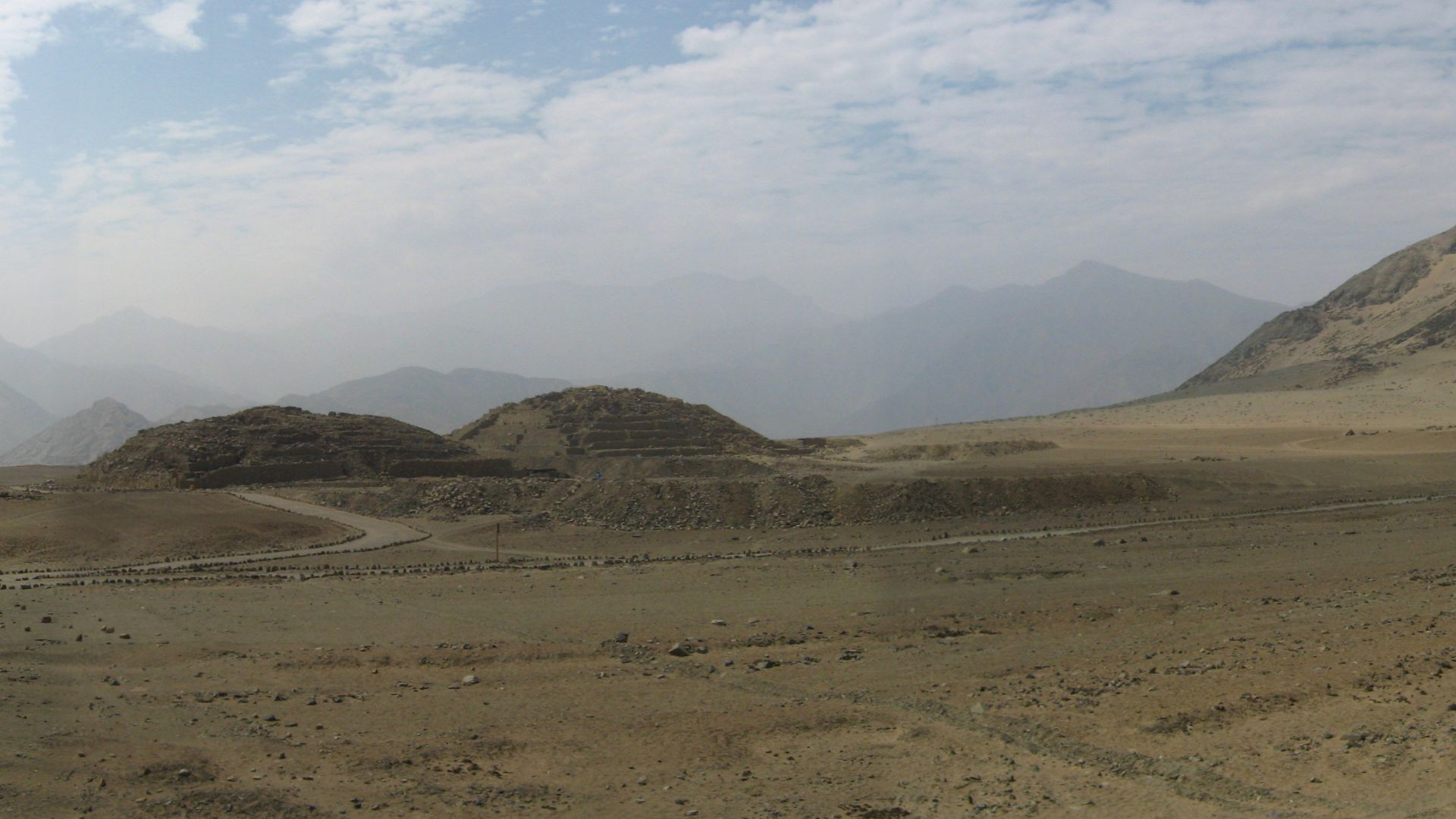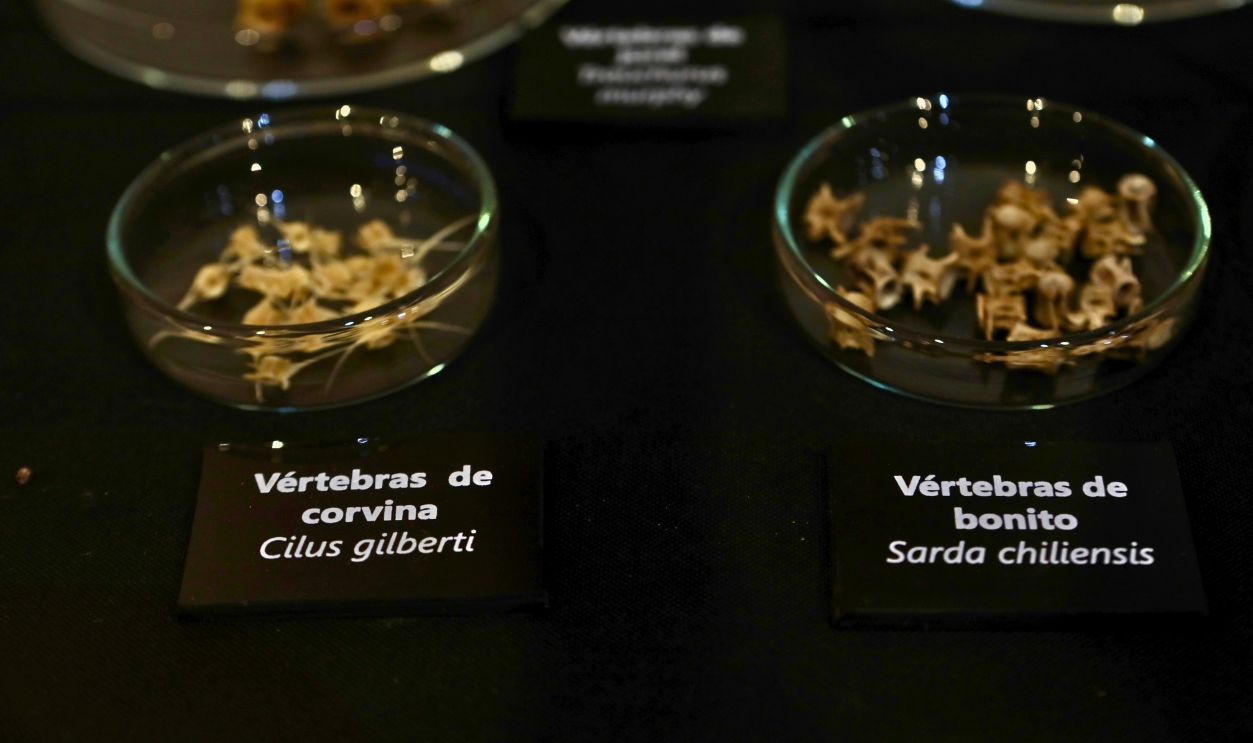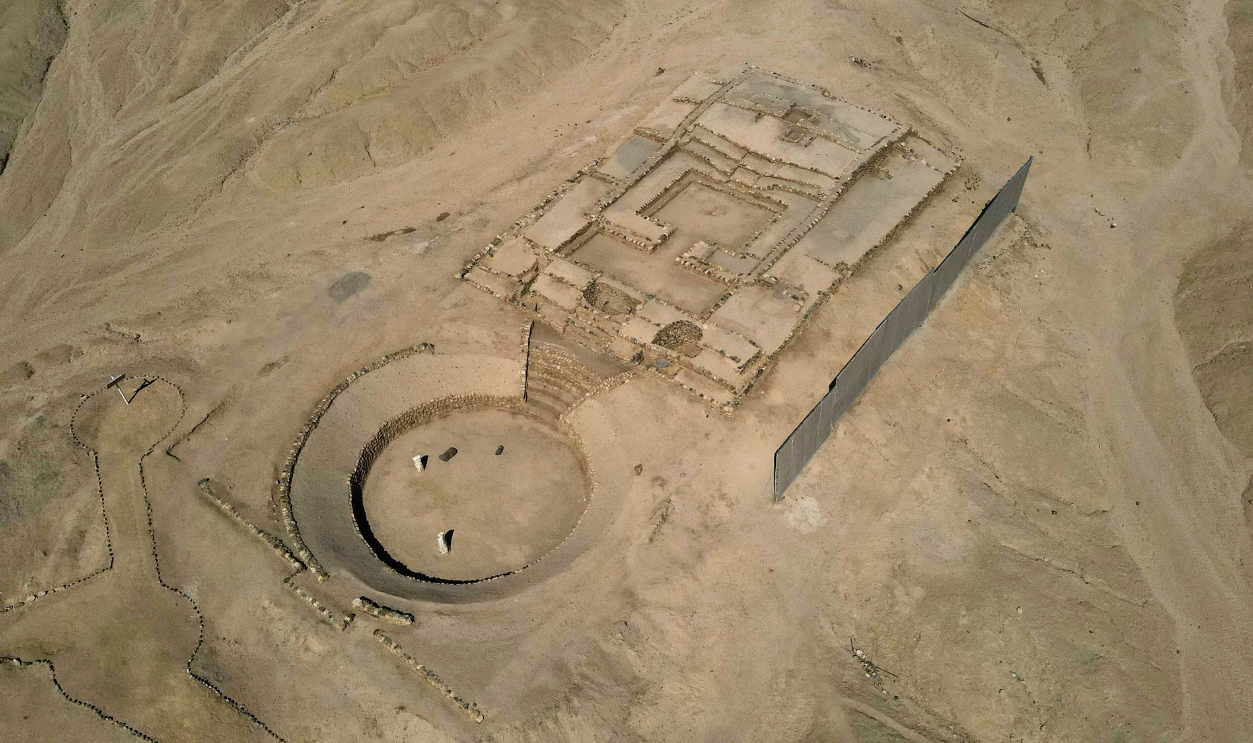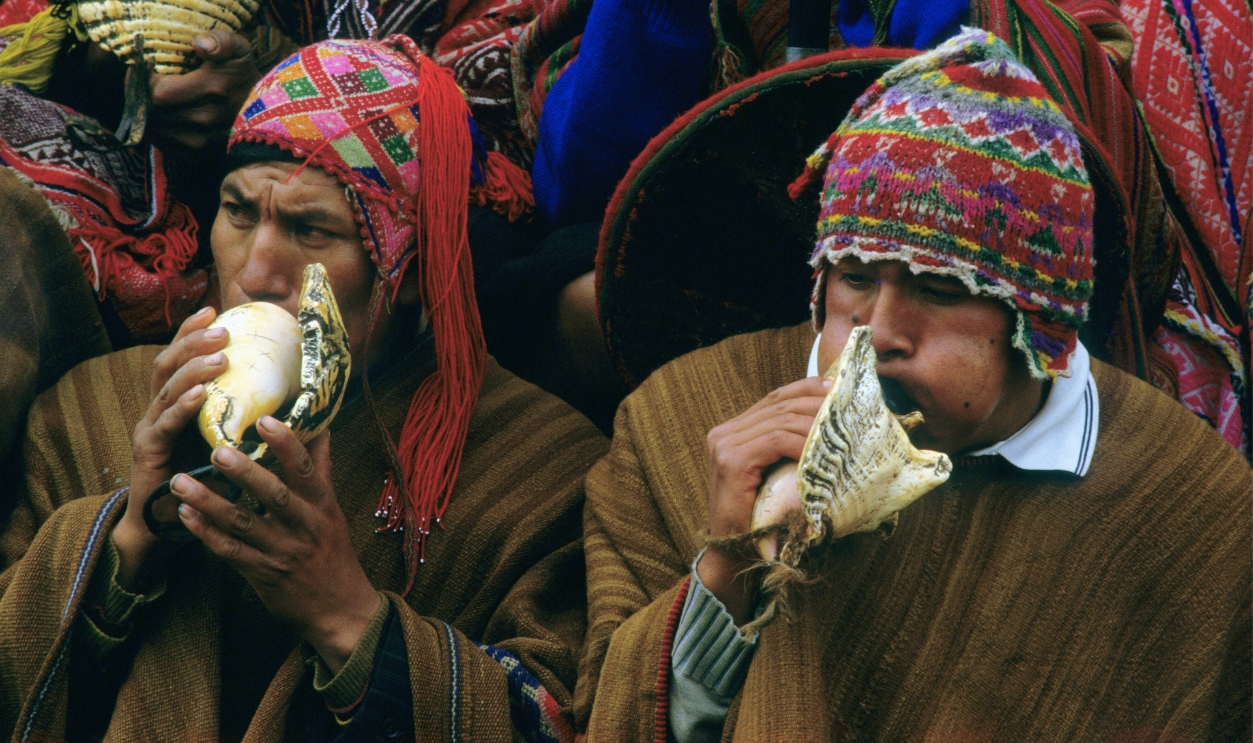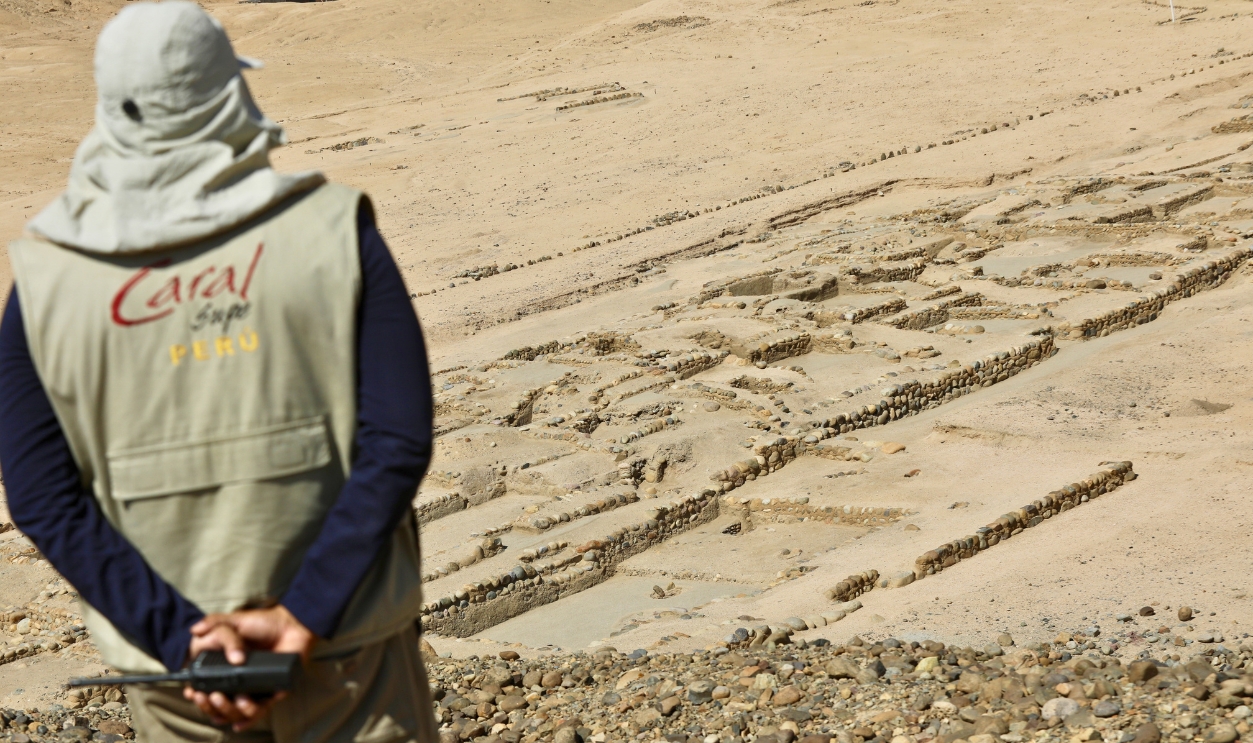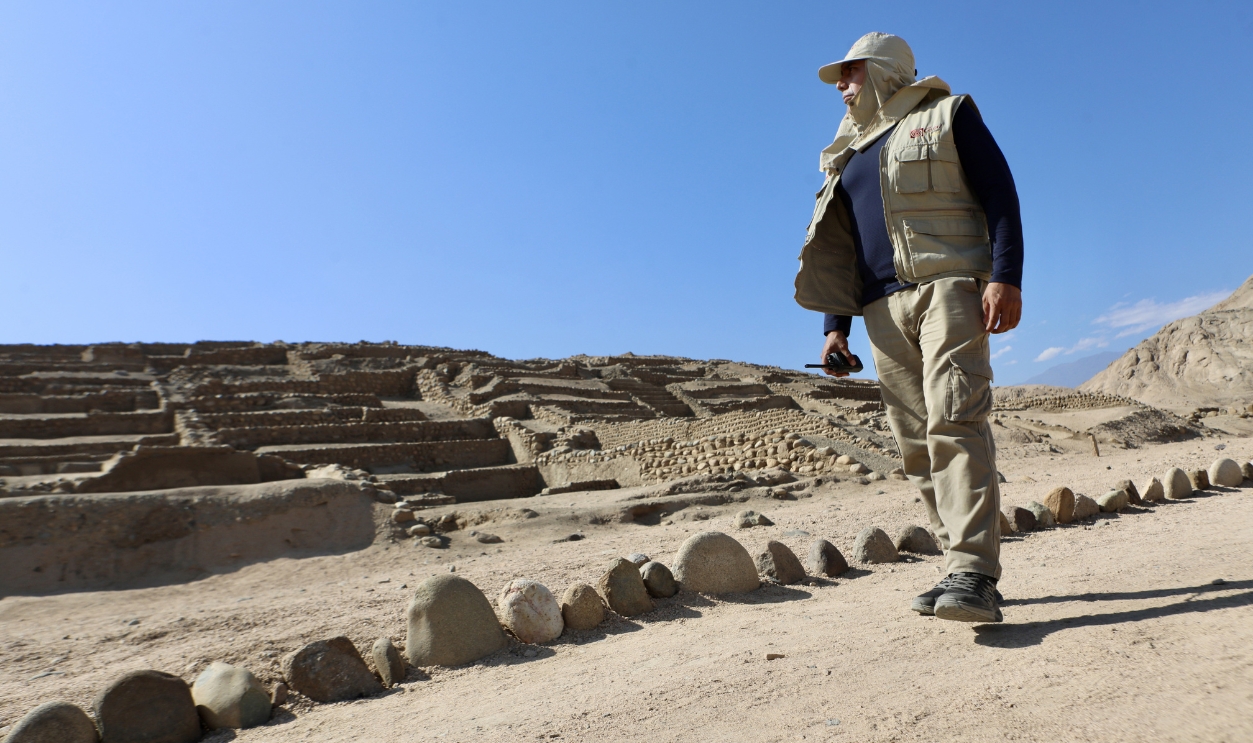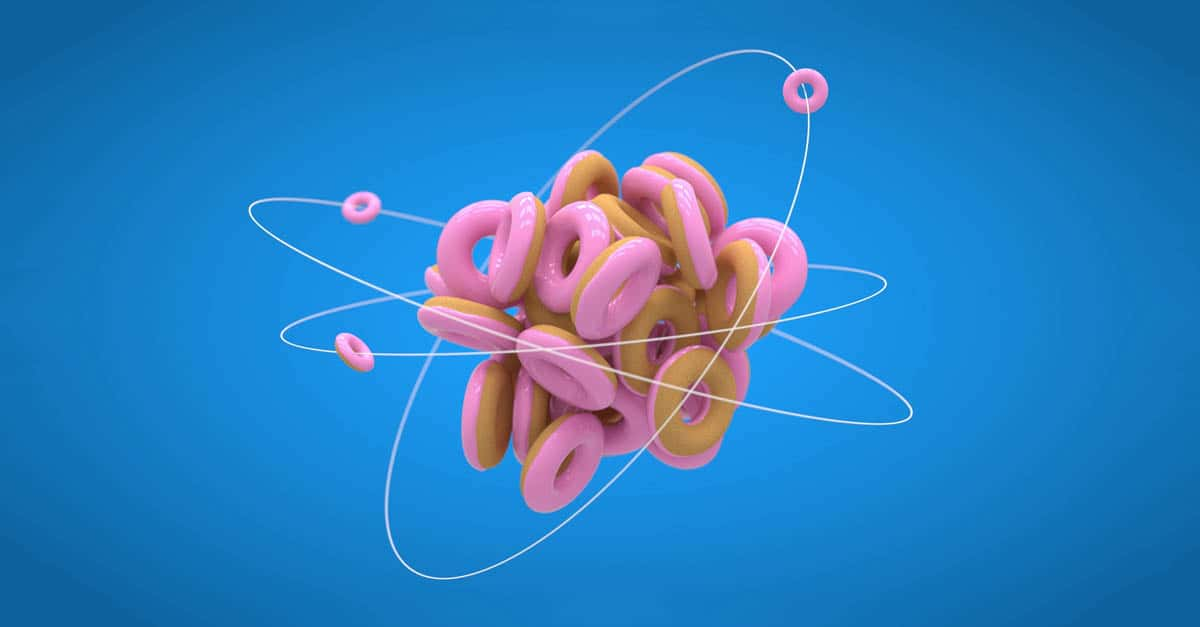The World Finally Gets To Explore Penico
The Penico site, closed for eight years for archaeological research, has undergone vital preservation. Now, its gates are open, welcoming visitors to explore its safeguarded trade history.
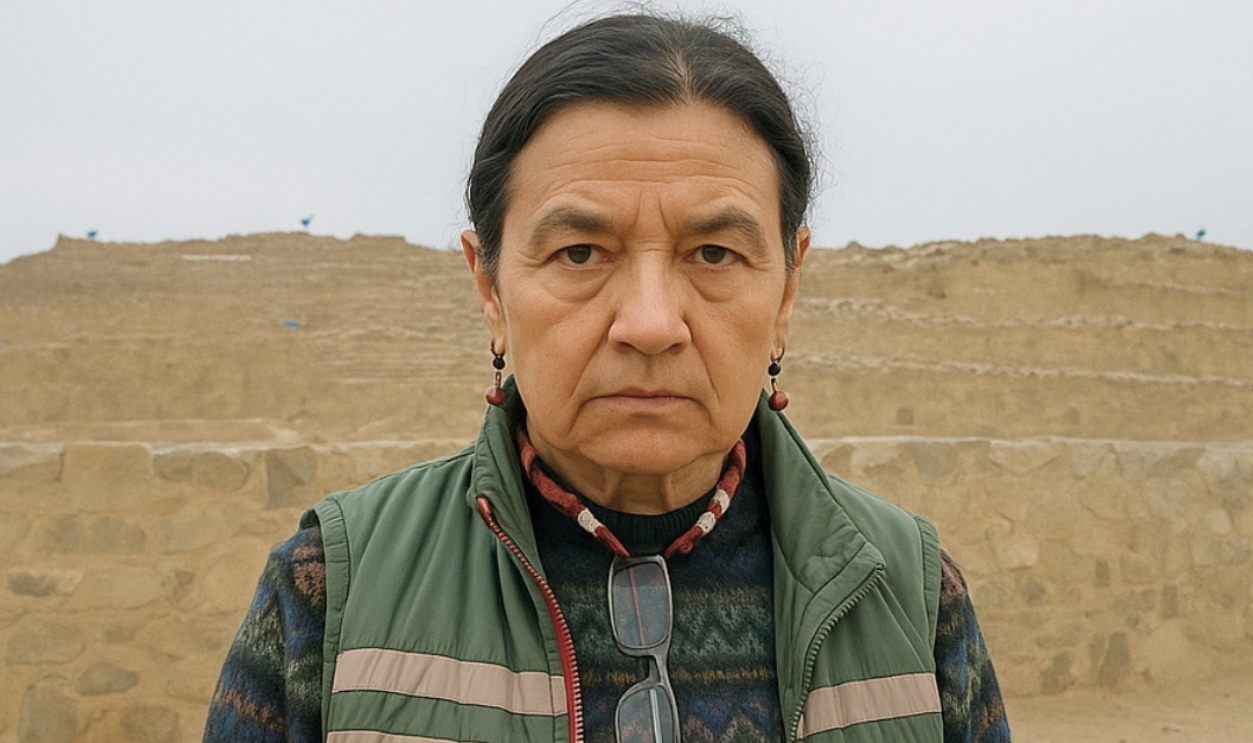
But What Is Penico In The First Place?
Penico is a 3,800-year-old archaeological site of the Caral civilization in Peru, a vital trade hub that linked coastal, Amazonian, and Andean cultures. Its urban design and ceremonial structures showcase advanced planning that fascinates historians and Peruvians reclaiming ancestral heritage.
 ERNESTO BENAVIDES, Getty Images
ERNESTO BENAVIDES, Getty Images
The Caral Civilization
The Caral civilization thrived on Peru’s coast from 3500 to 1800 BCE, making it the oldest in the Americas. Known for its pyramids, sunken plazas, and quipus, it was a peaceful and pre-Ceramic culture. Through trade and communal building, Caral rivaled early powers like Mesopotamia in cultural achievement and influence.
Origins Of The Site And Its Link To The Caral Civilization
Penico, founded between 1500 and 1800 BCE, was located just 12 kilometers from Caral and was part of the Caral civilization’s urban network. Both cities flourished simultaneously with Egypt’s Middle Kingdom and China’s Shang Dynasty. As a satellite of Caral, Penico ranks among the earliest urban centers in the Western Hemisphere.
 ERNESTO BENAVIDES, Getty Images
ERNESTO BENAVIDES, Getty Images
Penico Occupants Were
This region was inhabited by descendants of the Caral civilization. They were traders, artisans, and ritual leaders who exchanged goods across regions. They wore beaded necklaces, layed conch-shell trumpets, built ceremonial temples, and cultivated crops using irrigation networks—possibly trading hematite as well.
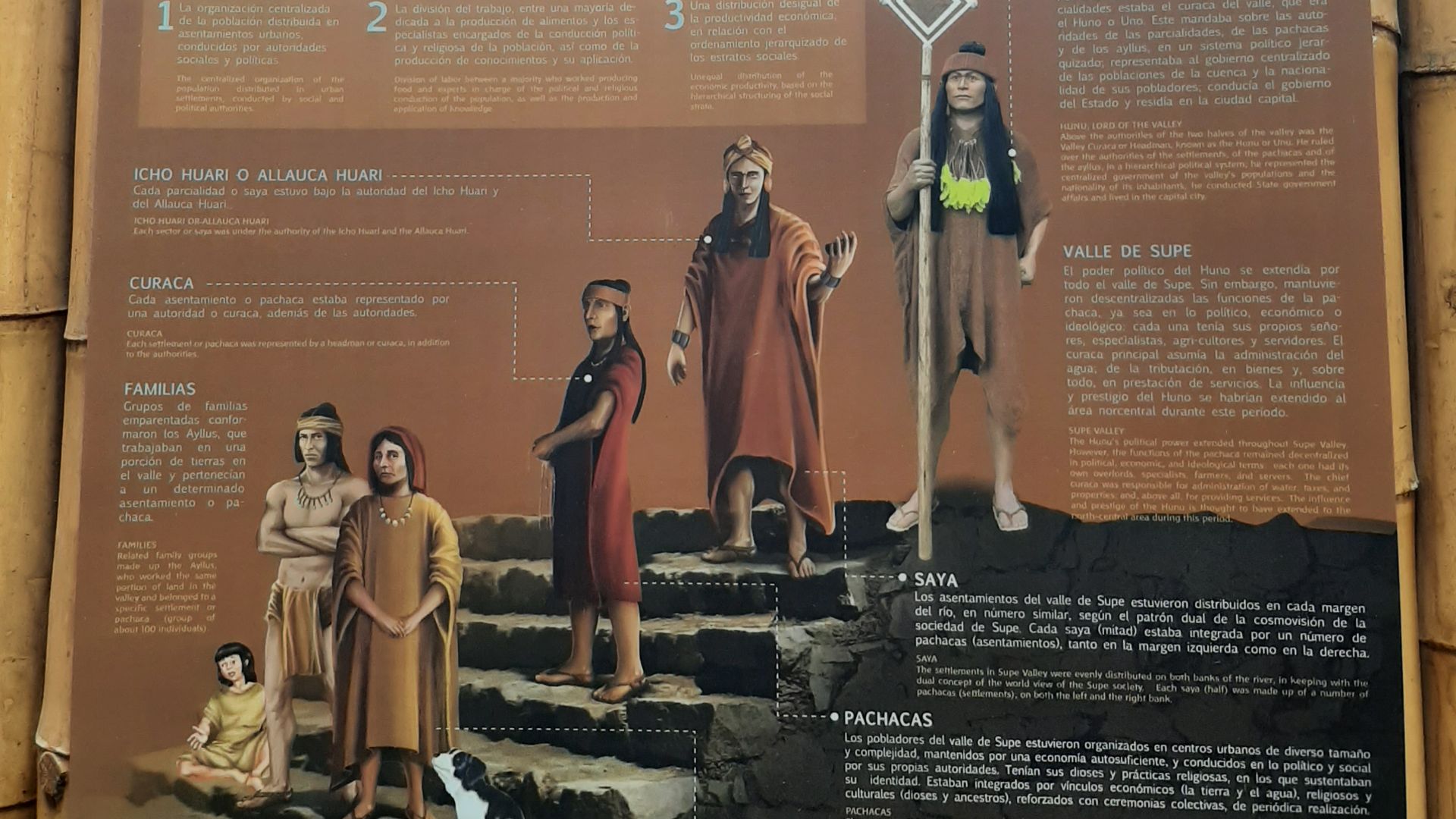 Luz Maria Linarez Huacausi, Wikimedia Commons
Luz Maria Linarez Huacausi, Wikimedia Commons
A Missing Link In Peru’s Ancient Timeline
Its discovery showed researchers how early Andean societies preserved cultural memory and shaped future civilizations. The transitional era, long overlooked in Peru’s archaeological record, is finally gaining context. But hold on a minute, why did the Caral civilization collapse?
 ERNESTO BENAVIDES, Getty Images
ERNESTO BENAVIDES, Getty Images
Climate And Ecological Pressure Was To Blame
Around 1800 BCE, the region experienced prolonged droughts that devastated its irrigation-based agriculture. As food shortages worsened, rival centers gained prominence, drawing away trade and population. Without military defenses or ceramics, Caral’s peaceful society couldn’t withstand ecological stress, leading to its gradual abandonment and decline.
 ERNESTO BENAVIDES, Getty Images
ERNESTO BENAVIDES, Getty Images
After The Collapse
After Caral’s fall, influence shifted to new centers in the Andean highlands. Its population dispersed, and Caral’s architectural, religious, and administrative innovations—such as sunken plazas and quipu—were adopted by successor cultures. How did we know this? Well…
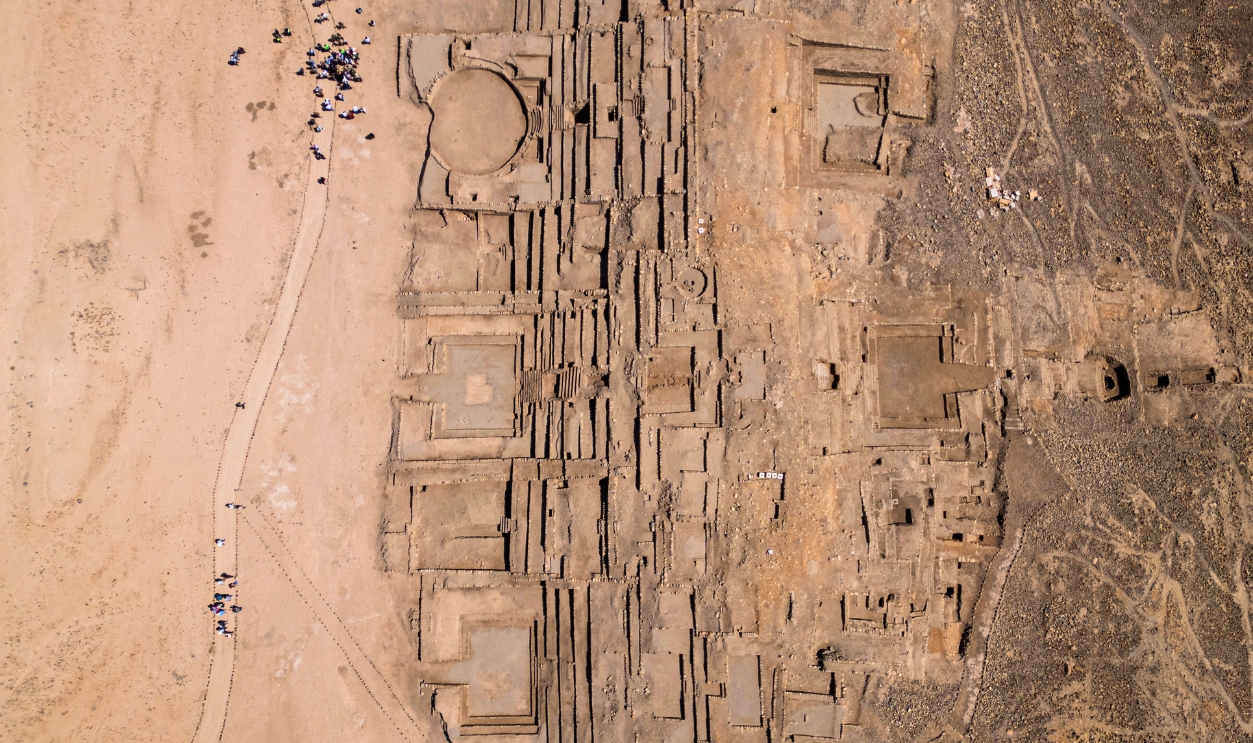 ERNESTO BENAVIDES, Getty Images
ERNESTO BENAVIDES, Getty Images
Penico Had Similarities To Other Ancient Civilizations Worldwide
Their ceremonial platforms rival Mesopotamian ziggurats, while their city layout reflects the sophistication of ancient Egypt and China. Radiocarbon dating places its origins around 1800 BCE. It even predates the Inca (a South American civilization) by over 2,000 years. The Inca built the largest empire in pre-Columbian America.
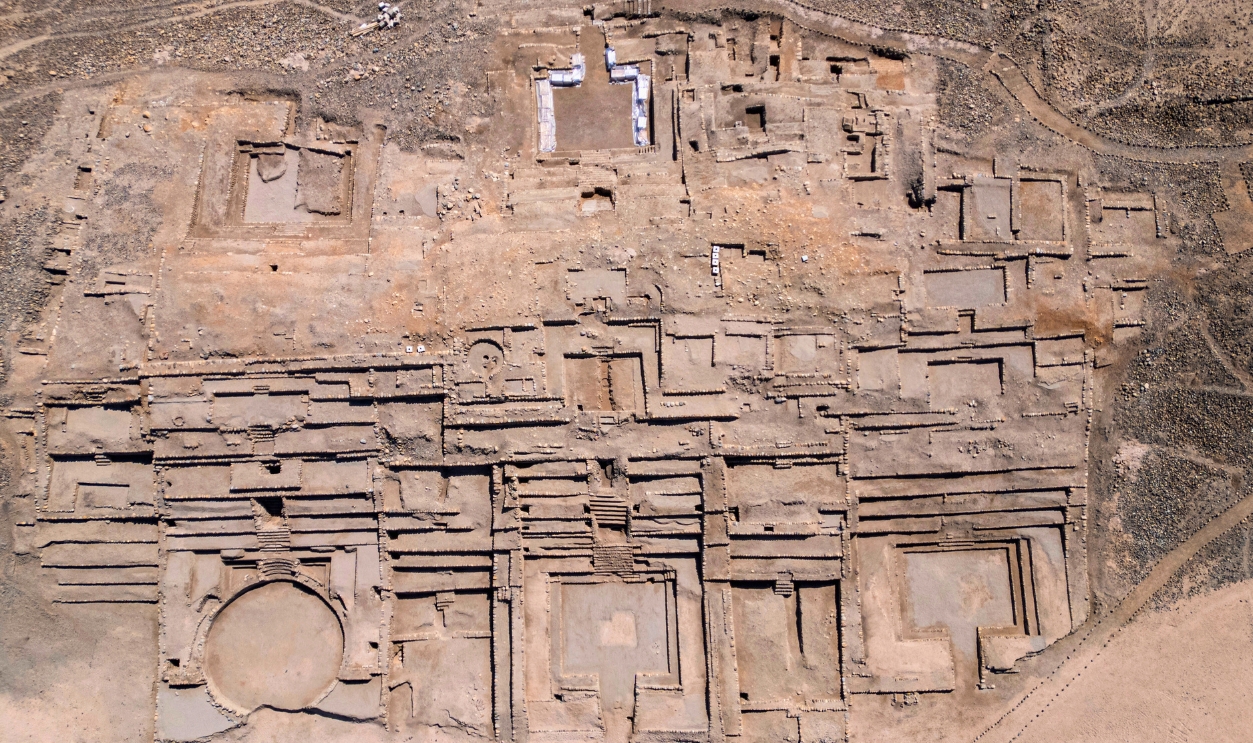 ERNESTO BENAVIDES, Getty Images
ERNESTO BENAVIDES, Getty Images
Strategic Location In The Supe Valley And Its Importance
The settlement was situated 600 meters above sea level and 200 kilometers north of Lima. It had the best of all worlds: highlands and access to the coast. If you know how trade works, location and proximity to resources and transportation are everything. Penico seemed to have it all.
 ERNESTO BENAVIDES, Getty Images
ERNESTO BENAVIDES, Getty Images
Life And Ritual In The Supe Valley
Over the eight years the site has remained sealed, excavations have uncovered more than just architectural remnants. Fragments of food and ritual offerings offer a glimpse into the daily life of the period, while tools and ceremonial spaces reveal coordinated social roles and deeply rooted belief systems.
Temples And Residential Complexes
At this site, sacred spaces appeared to be an integral part of daily life. Why? The temples rose alongside residential buildings to form a cityscape where rituals and routines coexisted. The close proximity tells us that this culture blended spirituality with the rhythms of home. Another amazing find?
The Ceremonial Hall Of The Pututus
The structure stands out for its sculpted pututu reliefs; carved stone depictions of ancient Andean musicians playing conch-shell trumpets, found at ceremonial sites. Called Structure B2, this hall appears to be ceremonial. Archaeologists view it as Penico’s ideological core, where decisions and spiritual rituals likely came together.
Pututus And Their Symbolic Role In Andean Culture
Pututus served various purposes other than music. They were first symbols of ritual communication, as shown by reliefs carved into walls. Blown across valleys, they summoned crowds or echoed during sacred rites. They were also used for long-distance signaling, military coordination, ceremonial authority, and symbols of status.
Sculptures, Necklaces, And Ceremonial Objects
Other extraordinary finds included clay figurines shaped like animals and people, as well as jewelry crafted from seashells and colorful beads. Inside Structure B2, musical instruments also emerged; 32 flutes made from condor and pelican bones, and 37 cornets crafted from deer and llama bones.
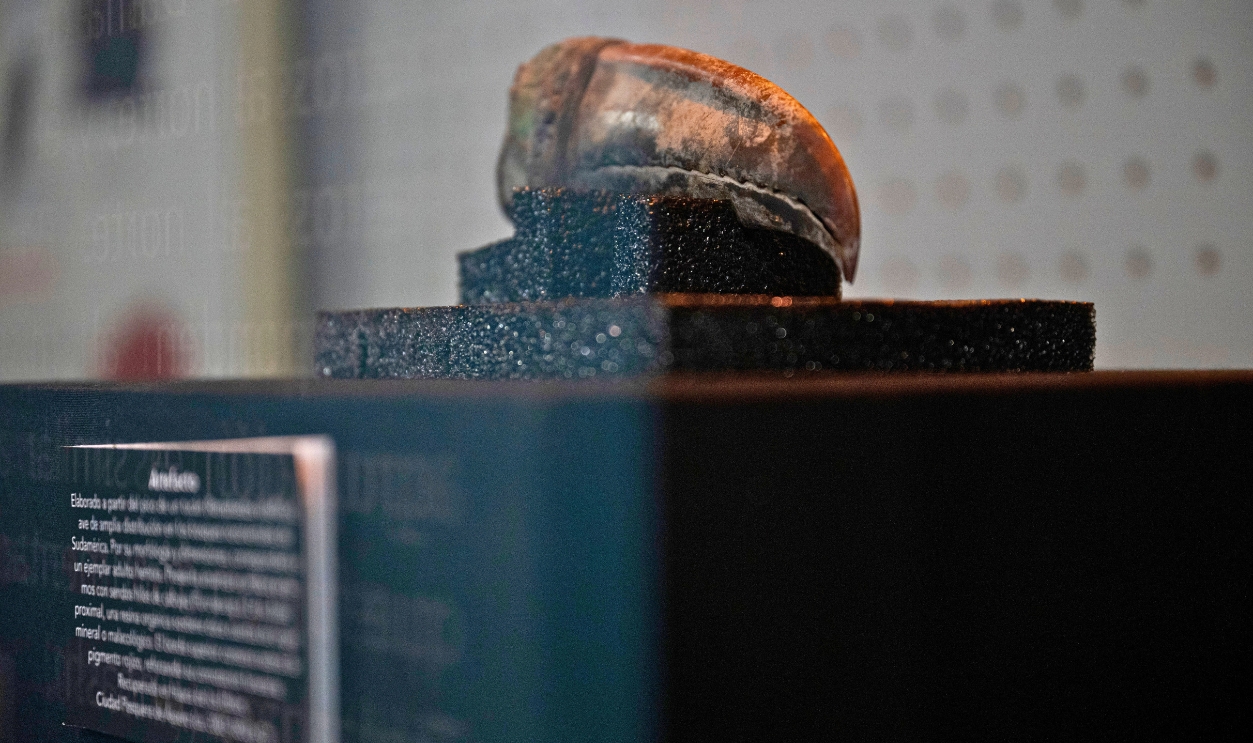 ERNESTO BENAVIDES, Getty Images
ERNESTO BENAVIDES, Getty Images
It Was The Central Hub Across Communities
Penico has been nicknamed the “city of social integration” because it is believed that it brought together cultures from the sea and rainforest. Several Amazonian-style artifacts have been found right next to coastal designs, leading scientists to believe that Penico was a melting pot where trade and beliefs flowed freely.
 ERNESTO BENAVIDES, Getty Images
ERNESTO BENAVIDES, Getty Images
Evidence Of Advanced Urban Planning
The city’s builders were particular about good views and chose a terrace that dodged floods and landslides. Penico was divided into ceremonial zones, trade hubs, and residential clusters. Pathways crisscrossed the location, and storage pits held food and goods. It was organized and future-focused.
Environmental Challenges Faced By Ancient Inhabitants Triggered Ingenuity
Living in this desert valley must have been a challenging experience. To survive, the inhabitants had to become clever with water, crafting irrigation systems to keep their crops alive. Hematite mining and farming somehow coexisted without wrecking the land. Even their buildings were shaped to handle the heat and dry winds.
2025 Marked Eight Years Of Excavation And Restoration Work
Between 2017 and 2025, archaeologists excavated the site, guided by satellite scans and drone images. Bit by bit, Penico’s story came to life. Every platform and home was carefully preserved using original materials, providing today’s visitors with a rare opportunity to walk through authentic history.
The Inaugural Festival
When the site reopened in July 2025, it was a revival. Locals gathered for Penico Raymi, a vibrant festival that echoes ancient sun rituals. Music, dance, and offerings to Pachamama filled the desert air. The inauguration marked the unveiling of Penico, as well as the return of a living tradition rooted in history.
A Historic Site Is Fueling Local Growth
The revival is creating new jobs in tourism and hospitality, as well as in craft production. Local residents now lead tours and run eco-lodges catering to archaeology fans. With increased foot traffic, even roadside vendors and farmers are seeing a rise in income.
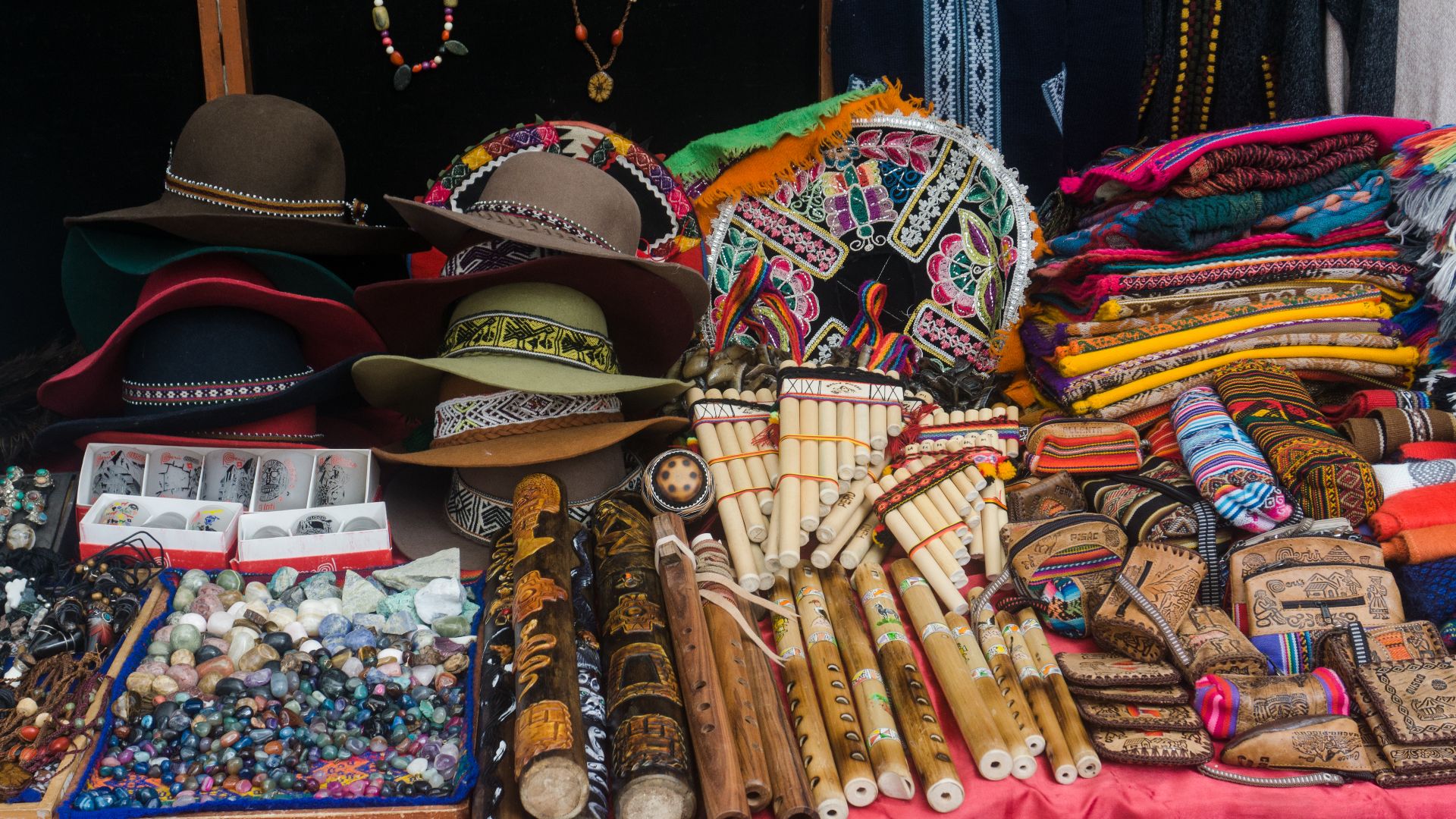 Alexey Komarov, Wikimedia Commons
Alexey Komarov, Wikimedia Commons
Modern Interpretation Center And Visitor Infrastructure
Penico now features a modern interpretation center complete with reception spaces, curated exhibits, and walking trails. These additions help visitors understand the area’s cultural layers while improving accessibility. Visitors can also engage with pre-Incan culture through workshops led by local artisans. Traditional weaving techniques and ritual reenactments are regularly offered.
Visiting Hours And Travel Information
Getting to this city feels like stepping into a time capsule. Located just a few hours from Lima, Penico welcomes visitors year-round. Guided tours typically host small groups to minimize environmental impact and preserve the site’s integrity. You’ll wander through sacred plazas and reconstructed dwellings, all surrounded by sweeping views.
 ERNESTO BENAVIDES, Getty Images
ERNESTO BENAVIDES, Getty Images
Andean Science And Technology Tunnel
Coming soon is one of Penico’s most exciting features: an underground exhibit that brings ancient innovation to light. The Andean Science and Technology Tunnel will showcase how early engineers mastered irrigation and celestial alignment. The high-tech facility is deeply rooted in the brilliance of a forward-thinking civilization.
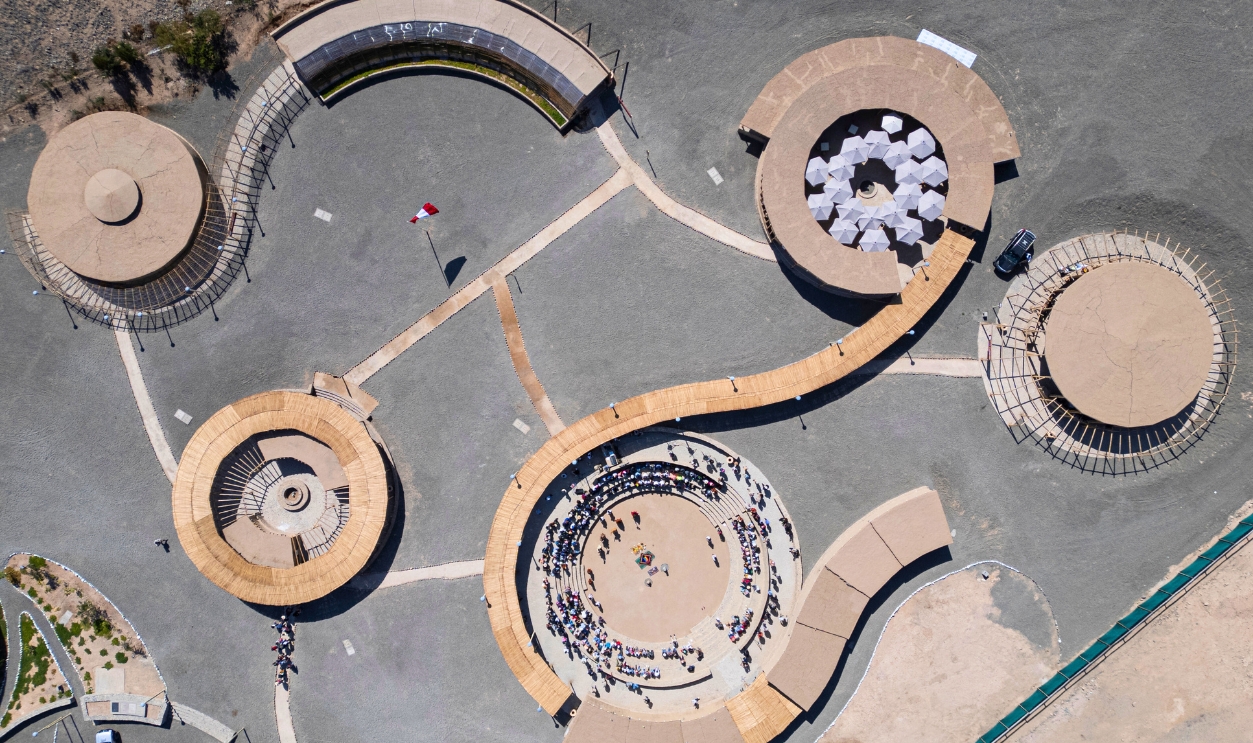 ERNESTO BENAVIDES, Getty Images
ERNESTO BENAVIDES, Getty Images
Digital Reconstructions And Educational Materials
Scientists are reviving Penico through digital reconstructions and 3D dioramas. Visitors can see how the city once looked, with mapped-out ceremonial zones and daily life hubs. These visual aids, developed through advanced archaeological research, help connect modern eyes to the prehistoric intentions.
Future Research and International Collaboration Prospects
Interestingly, the story is just beginning. Archaeologists have mapped only a fraction of Penico’s full extent, leaving much of its potential hidden underground. Upcoming research will focus on expanded excavation and the use of advanced imaging tools like LIDAR and GPR. Experts hope that these will help uncover untouched areas.

